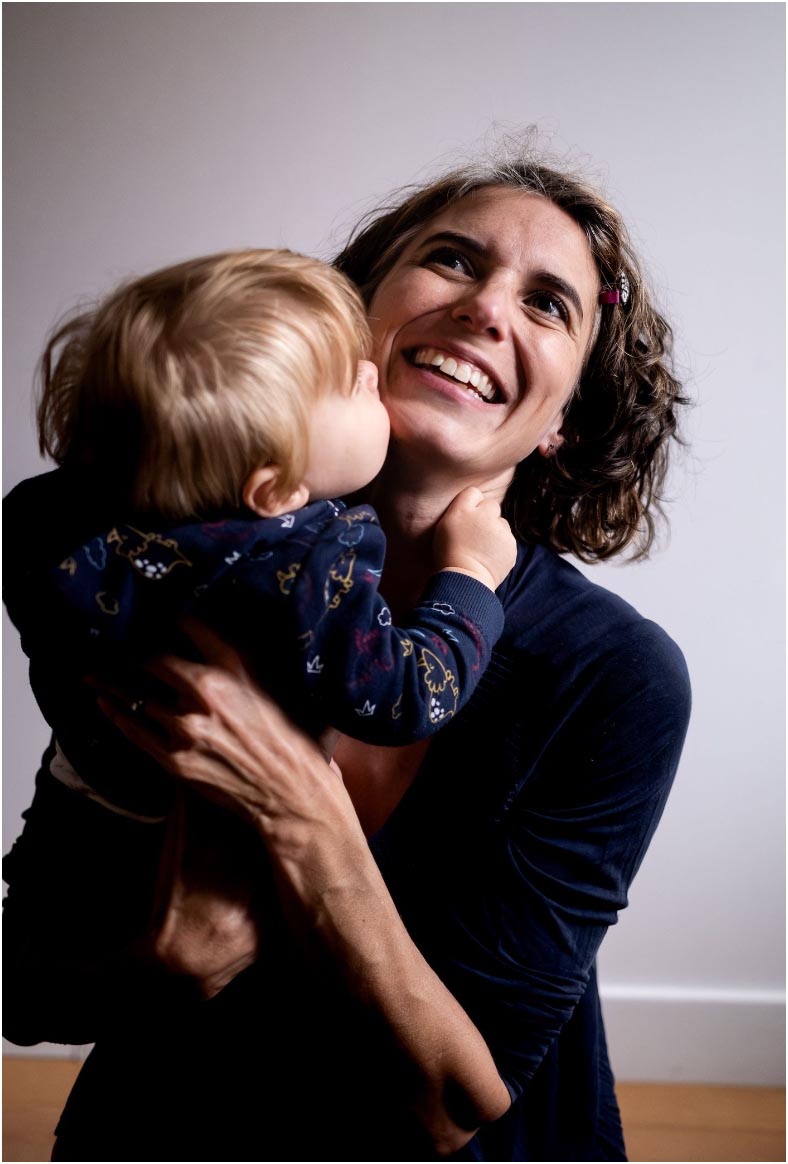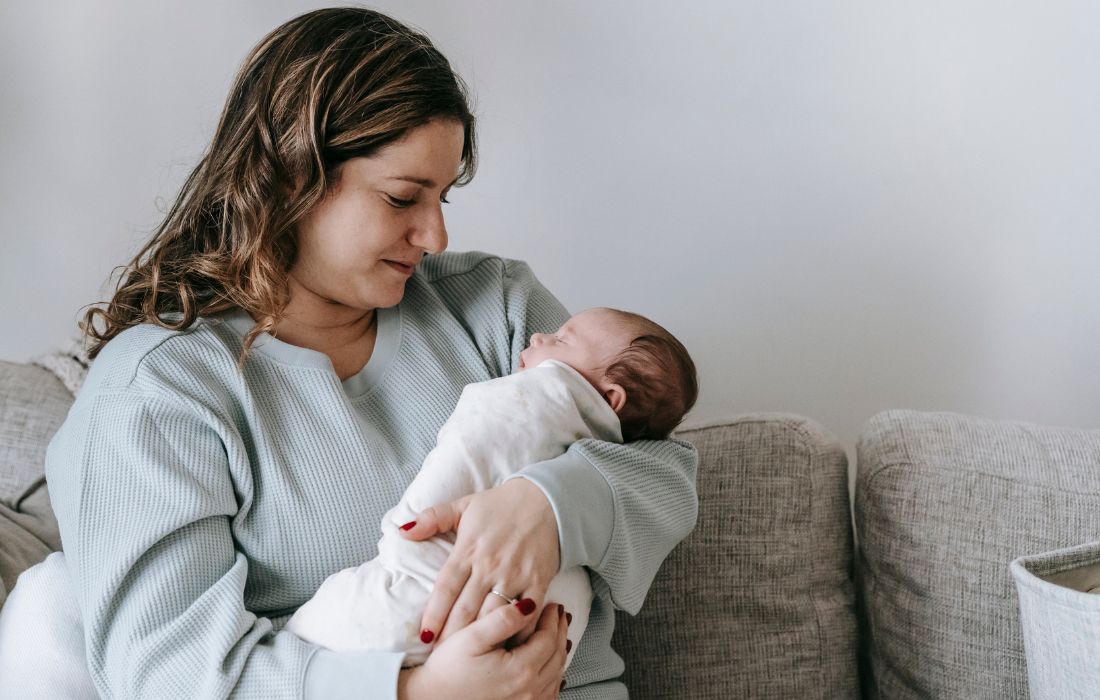Can you sleep train a 1-year-old
You can sleep train a 1-year-old! While older toddlers may resist more due to independence or ingrained habits, they adapt quickly with a consistent approach.
Start with a gentle method like the Sleep Lady Shuffle, staying close to offer reassurance while teaching self-soothing. A calming bedtime routine and consistent responses to night wakings are key
Baby sleep training methods
| Sleep Training Method | Description | What Kim Would Say | Key Considerations |
|---|---|---|---|
| Gentle Methods | Gradually reduce parental involvement, such as “fading” or the Sleep Lady Shuffle. Parents stay close while teaching self-soothing. | “Ideal for toddlers, as their growing independence and awareness make consistency essential. Patience is key.” | – Effective during separation anxiety. – Requires firm boundaries as toddlers test limits. |
| Ferber Method | Timed check-ins with controlled crying intervals. Parents provide brief reassurance while encouraging self-soothing. | “Can work, but toddlers may resist more intensely due to independence and separation anxiety. Gentler options may feel easier.” | -Toddlers may cry longer due to strong will |
| Cry It Out (CIO) | Full extinction—toddler is left to cry without intervention until asleep. | “Not aligned with my philosophy. Intense crying is especially difficult at this age, both for parents and toddlers.” | -Prolonged crying likely due to toddlers’ persistence. – Not recommended during separation anxiety peaks. |
| Chair Method | Parents sit near the crib and gradually move farther away over days or weeks. | “A great fit for this stage, especially for easing separation anxiety. Builds confidence and supports independence.” | Avoid creating new sleep crutches (e.g., talking or patting). – Requires patience as toddlers test boundaries. |
| Pick Up/Put Down | Soothe the toddler by picking them up and putting them back in the crib when calm, repeating as needed. | “Often less effective for toddlers, as it can overstimulate or increase resistance.” | -May frustrate or overstimulate toddlers. – Adjust based on temperament and cues. |

How to Get a 1-Year-Old to Fall Asleep on Their Own
Teaching a 1-year-old to fall asleep independently takes time, patience, and consistency. Here’s how to approach it:
- Start with a Calming Bedtime Routine: Create a predictable routine (a 12-month sleep schedule can help) with activities like a bath, a story, and cuddles to signal that it’s time to wind down. Keep it consistent every night.
- Drowsy But Awake: Place your toddler in their crib when they’re calm and drowsy but still awake. This helps them practice falling asleep on their own.
- Use a Gentle Method: A method like the Sleep Lady Shuffle works well for 1-year-olds. Stay near the crib to provide reassurance as they learn to self-soothe, and gradually move farther away over time.
- Be Consistent: Toddlers thrive on predictability. Respond to night wakings in the same way every time, whether you offer verbal reassurance or a comforting touch.
How long does it take to sleep train a 1-year-old
Most 1-year-olds show significant progress within 7–10 nights of sleep training, though it can take up to two weeks to fully establish new habits. Toddlers with strong sleep associations, like being rocked or fed to sleep, may initially resist changes, but with consistency, patience, and a gentle method like my Sleep Lady Shuffle, they can successfully learn to fall asleep independently.
Every child is different—some adapt within a few nights, while others need more time. Temporary setbacks, such as teething or separation anxiety, 12-month sleep regression, are common, but staying consistent will help your toddler adjust and build healthy sleep habits.
How to Get a 1-Year-Old to Sleep in Their Crib
To help your 1-year-old feel comfortable sleeping in their crib, make it a familiar and positive space. Spend some playtime in the crib during the day so your toddler associates it with fun and safety. At bedtime, follow a consistent routine, then place your toddler in the crib awake to encourage independent sleep.
If they stand up, avoid turning it into a game by constantly laying them back down. Instead, gently pat the mattress and encourage them to lie down on their own, using calm and reassuring words. Stay consistent, and they’ll soon see their crib as a safe, cozy place to sleep.

Wake Windows and Sleep Training a 1-Year-Old
Understanding wake windows is essential for successful sleep training. Wake windows refer to how long your toddler can comfortably stay awake before becoming overtired. At 1 year old, most toddlers can handle 3–4 hours of awake time, but this may vary depending on their temperament and routine.
Align naps and bedtime with your toddler’s wake windows to make falling asleep easier and improve sleep quality. For example:
- Morning Nap: If your toddler wakes at 7:00 AM, their first nap might fall around 10:00–10:30 AM.
- Transition to One Nap: When they drop to one nap, it will likely occur in the early afternoon after a longer morning wake window.
- Bedtime: Bedtime should follow a 4–5 hour wake window to avoid overtiredness.
Missing a wake window can lead to overtiredness, which makes settling harder and increases nighttime wake-ups. Instead of relying solely on the clock, watch for tired signs like rubbing eyes, yawning, or fussiness.
Combine wake windows with a consistent bedtime routine and gentle sleep training, like my Sleep Lady Shuffle, to create a strong foundation for healthy sleep habits.
Sleep Training for 13-14-Month-Olds
Sleep training at 13-14 months is entirely possible and often necessary, especially as toddlers start testing boundaries. At this age, you’ll likely face new challenges like separation anxiety or a nap transition from two naps to one. Stick to a predictable bedtime routine and use a gentle method like my Sleep Lady Shuffle to help your toddler feel supported while they learn to sleep independently. If separation anxiety is an issue, staying near the crib for a few nights and gradually moving farther away will help ease the transition.
Sleep Training for 15-16-Month-Olds
By 15-16 months, toddlers are developing a stronger sense of independence, which can lead to resistance at bedtime or climbing out of the crib. Stick to a consistent bedtime routine that includes calming activities like a bath, a book, or cuddles. If your toddler resists the crib or begins climbing out, consider lowering the mattress to the lowest position. If climbing persists, you may need to safety-proof the room and use a gate. My Sleep Lady Shuffle continues to be an effective approach for this age, as it provides the reassurance your toddler needs while encouraging them to develop self-soothing skills.
Debunking Sleep Training Myths
Myth: Cry-It-Out is the Only Option
Cry-it-out (CIO) isn’t your only choice. My Sleep Lady Shuffle offers a gentle, gradual approach, letting you stay close and offer reassurance while teaching your baby to self-soothe. It’s perfect for families who feel uncomfortable with CIO.
Myth: Babies Will Outgrow Sleep Problems
Sleep issues rarely fix themselves. Many are behavioral and respond well to proactive strategies. Waiting for your baby to “outgrow” sleep challenges often leads to prolonged exhaustion for both parents and children. Gentle sleep training now can set the foundation for healthy, lifelong sleep habits.
Myth: Sleep Training Causes Emotional Harm
When done gently and responsively, sleep training strengthens the parent-child bond. My Sleep Lady Shuffle keeps you present and comforting while helping your baby develop the confidence to sleep independently—building both secure attachment and essential sleep skills.




